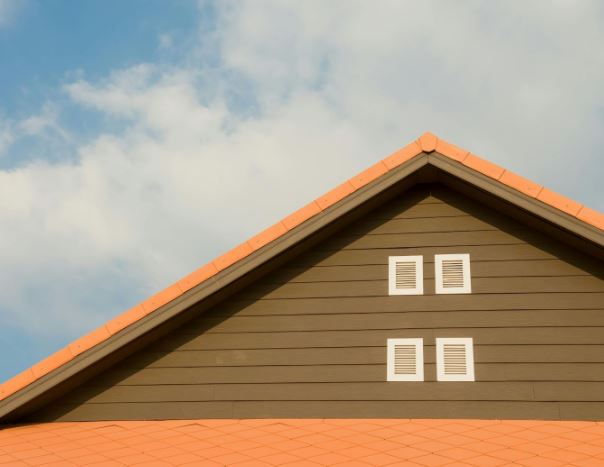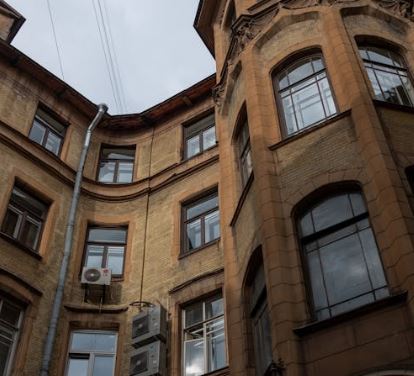Key Indicators That Your Roof Needs Immediate Attention

Your roof serves as the first line of defense against the elements, protecting your home and everything within it. Just like any other part of your house, it requires regular maintenance and occasional repairs. However, there are certain indicators that can signify when your roof might be in dire need of immediate attention. Recognizing these signs early can save you significant money and prevent further damage down the line.
Water Stains Inside Your Home
One of the most obvious indicators that your roof is in trouble is the presence of water stains on your ceilings or walls. These stains can appear in various sizes and colors, often resembling dark spots or streaks. When you notice these signs, it usually means water is leaking through the roof and causing damage inside your home. The source may not always be directly above the stain; water can travel along beams and rafters before dripping down.
If left unaddressed, these leaks can lead to mold growth, which carries health risks, and structural damage that may jeopardize the integrity of your home. It’s wise to inspect your roof and attic more closely if you observe any discoloration. If you are unsure, seeking professional help is critical.
Missing, Damaged, or Curling Shingles
Your roof is covered by shingles, which help keep your home watertight and safe. If you notice any missing, damaged, or curling shingles, it’s a clear signal that your roof may need repairs. Weather events like heavy rain, snow, or high winds can displace shingles, and general wear over time can cause them to deteriorate.
Curling shingles are particularly problematic as they indicate that the shingles are no longer adhering properly to the roof. This can happen for various reasons, such as poor installation or age. A roof with damaged shingles is significantly less effective at protecting your home, making it crucial to address these issues without delay.
Pools of Water on Your Roof
After a heavy rainstorm, it is common to find water pooling on your roof. While the occasional puddle may not be alarming, consistent pools of water can indicate a lack of drainage. The accumulation of standing water can lead to serious issues, including leaks and corrosion.
Inspect your roof after storms to assess for any water retention. Effective drainage systems should allow water to flow off the roof easily without causing backups or leaks. If you find that water collects regularly, it may be time to consult a roofing professional to discuss potential solutions, such as modified drainage options.
Mold Growth and Moss
The appearance of mold or moss on your roof can signal a problem beyond mere aesthetics. Moss requires moisture to grow, and its presence often indicates that water is lingering on your roof. Mold, on the other hand, is a clear sign of water damage and moisture retention within the roofing structure.
Both mold and moss can cause significant damage to the roofing material and can lead to further complications like rot or leaks. Regularly cleaning your roof and addressing any problem areas can help combat this issue. If you notice excessive growth, it could warrant a professional inspection to assess potential structural impacts.
Age of the Roof
The age of your roof greatly influences its condition. Most roofs, depending on the material used, last between 15 and 30 years. If your roof is approaching the end of its expected lifespan, consider scheduling a professional inspection. Even if the roof appears intact, aging materials can lead to unseen weaknesses and potential issues.
Regular inspections can prolong the life of an aging roof, but realizing that replacement may soon be necessary is crucial. When you reach that decision point, don’t forget to go now and explore cosmetic services. That way, you will have full roof replacements for options that can transform both aesthetics and functionality.
Increase in Energy Bills
An unexpected spike in your energy bills can sometimes relate directly to the condition of your roof. Poor insulation or ventilation due to roofing issues can cause your heating and cooling systems to work overtime. This increased demand often leads to higher energy usage and, consequently, higher bills.
Examining your roof and insulation may reveal potential leaks or ineffective ventilation that adversely affect your home’s energy efficiency. Investing in a roof restoration or upgrade can not only enhance comfort but also lead to significant savings in energy costs.
Being proactive in identifying these warning signs can make all the difference when it comes to the health of your roof. Regular inspections by professionals and keeping an eye out for these indicators will help safeguard your investment in your home. Following through on repairs ensures that you’re not only prolonging the life of your roof but also maintaining the overall integrity of your home.






